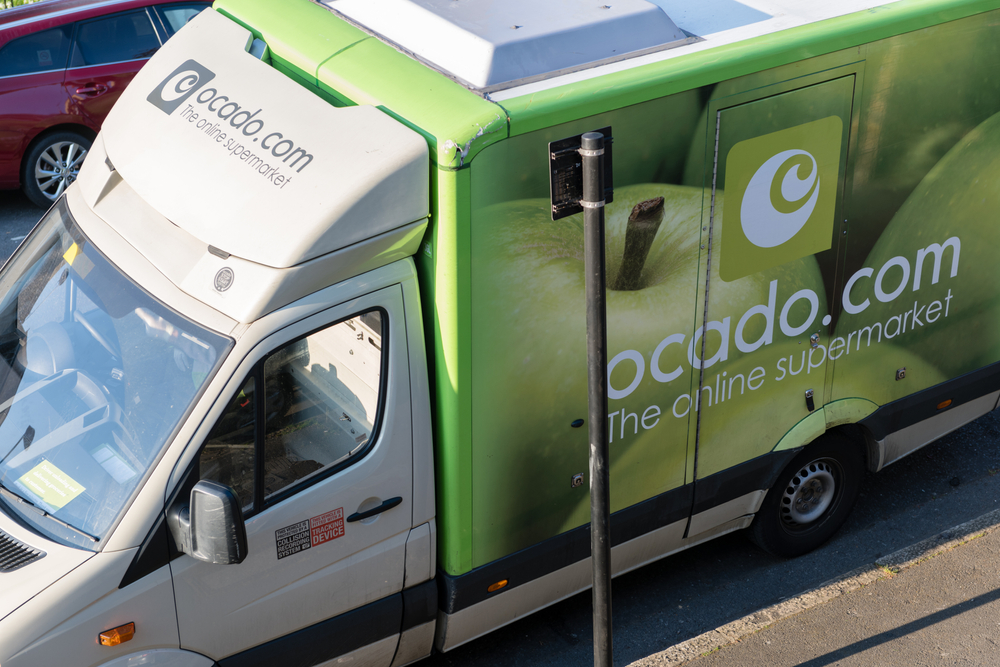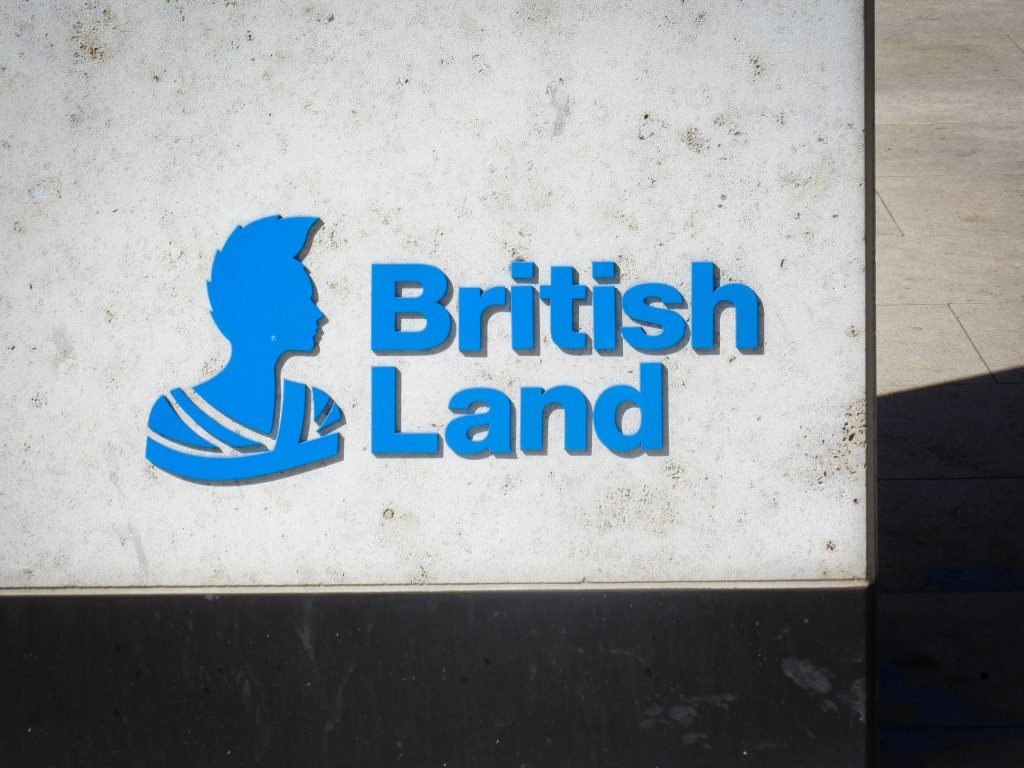What is automatic enrolment into a workplace pension?
The government has introduced a new law designed to help people save more for their retirement. All employers will be required to enrol their workers into a workplace pension scheme if they‘re not already in one.
Why?
Around 11 million people are not saving enough to achieve the pension income they are likely to want or expect in retirement, and less than 1 in 3 adults are contributing to a pension, while people are on average living longer – in the past 25 years, life expectancy at age 65 has increased by 5 years for men and 3 years for women.
Who will get automatically enrolled?
You will be automatically enrolled into a pension scheme at work if you:
Ӣ are aged 22 or over
Ӣ are under State Pension age
Ӣ work, or usually work, in the UK
”¢ are not already in your employer‘s pension scheme
”¢ earn more than £9,440 a year (in tax year 2013-14).
What‘s the benefit?
You get extra money when you retire. Your employer also contributes to your pension too, and so does the government through tax relief. This means that unlike other ways of saving, being in a workplace pension really benefits you since you‘re not the only one putting money in.
When will you be enrolled?
Look out for a letter from your employer telling you more.
Can I opt out?
If you decide the time isn‘t right or you don‘t feel you can afford the payments straight away, you can choose to opt out. You will be given opportunities to join again in the future.
Example:
If you are currently earning £12,000 a year (£1,000 a month) gross basic salary and get paid monthly:
”¢ You will pay the equivalent of 4% of your gross salary into the workplace pension (£40 a month). This is taken directly from your monthly pay.
”¢ Your employer pays in the equivalent of 3% of your gross salary (£30 a month).
”¢ The government, in the form of tax relief, pays the equivalent of 1% of your gross salary (£10 a month).
”¢ So the total contribution to your pension pot will be £80 a month.
”¢ Please note this is just an example: how your employer‘s pension scheme actually calculates payments will probably be different.
Ӣ Tax relief means some of your money that would have gone to the government as income tax, goes into your pension instead.
”¢ ‘Gross‘ means before tax and National Insurance are taken off.
When this will happen?
Although the legal change came into effect in October 2012, exactly when an employer will enrol their workers depends on the size of the organisation. Very large employers implemented the change first (late 2012 continuing into early 2013). Medium and smaller employers will follow over the next few years.
How will this happen?
Employers have up to four months from their staging date to provide the regulator with information on automatic enrolment. This is known as registration. Because of this window, many employers who staged before July 2013 have yet to complete the registration process and will therefore not be included in published figures.
An employer‘s staging date is set in law and the date when duties go live is set by statute. Employers who wish to bring forward their staging date can do so, but you must notify The Pensions Regulator of this decision one month before the new staging date. Details on how to do this are on the regulator‘s website



























